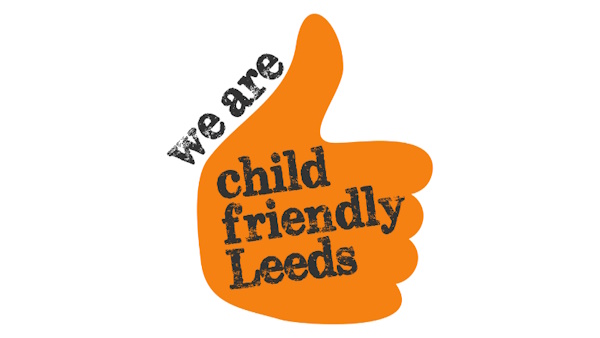What is child criminal exploitation
Child Criminal Exploitation (CCE) occurs when an individual or group takes advantage of an imbalance of power to coerce, control, manipulate or deceive a child or young person under the age of 18. The victim may have been criminally exploited even if the activity appears consensual. Child Criminal Exploitation does not always involve physical contact; it can also occur through the use of technology. Criminal exploitation of children is broader than just county lines (please see below) and includes, for instance, children forced to work on cannabis farms or to commit theft, as defined in Home Office guidance published in September 2018.
County lines is a model of exploitation. The term county lines is used to describe gangs and organised criminal networks involved in exporting illegal drugs into one or more importing areas within the UK, using dedicated mobile phone lines or other form of 'deal line'. They are likely to exploit children and vulnerable adults to move and store the drugs and money and they will often use coercion, intimidation, violence (including sexual violence) and weapons. This type of movement of children falls within the legal definition of trafficking in the Modern Slavery Act 2015. Child trafficking is defined as the 'recruitment, transportation, transfer, harbouring or receipt' of a child for the purpose of exploitation.
CCE needs to be viewed in the context of broader vulnerabilities and other forms of exploitation and abuse. This could be within families, communities or more sophisticated organised crime groups. There needs to be consideration around the overlap and links between: familial violence or criminality; trauma; peer to peer abuse; CSE; gang violence; going missing; and (as above) trafficking and modern day slavery.
It is important to highlight that the harm children experience when they are exploited happens outside of the home and is extra-familial. Therefore it is important to understand the contexts within which the harm occurs in order to be able to safeguard the child.
Who is affected by CCE
Vulnerable children and those who do not have support networks are particularly at risk.
Gangs and other exploiters target children with special educational needs, mental health difficulties or disabilities. Those exploiting children and young people also look for emotional vulnerability, such as children experiencing problems at home, absent parents or bereavement. Exploiters seek to fill that emotional gap for the child and become their 'family'.
Boys are more likely to be exploited in this way but girls are also affected. The most common age for children to be exploited is between the ages of 15 and 16 but it can also affect children below the age of 11.
Gangs and other exploiters are increasingly looking to recruit 'clean skins' i.e. children with no previous criminal record who are unlikely to be stopped by the police. Looked after children, particularly those in residential children's homes and those who have been placed out of their home area, are often targeted for exploitation.
Risk indicators for CCE
Anyone working with children and young people should be aware of the following risk indicators to help identify CCE:
- persistently going missing from school or home or being found outside of the area where they live
- unexplained acquisition of money, clothes, or mobile phones
- excessive receipt of texts or phone calls
- relationships with controlling or older individuals or groups
- regularly leaving their home without explanation
- suspicion of physical assault or unexplained injuries
- parental concerns
- carrying weapons
- significant decline in educational attainment and attendance
- arrested for possession and intent to supply of significant quantities of drugs, particularly heroin and crack cocaine
- arrested away from their own home area
- arrested on public transport, particularly on trains
What practitioners should do
It is important that practitioners are open to the fact that children and young people do not always recognise that they are being criminally exploited. They will often not wish to disclose information due to fear of repercussions or of losing the group they belong to and identify with. Many children are groomed prior to the criminal exploitation occurring. It is important to remember the unequal power dynamic within which this exchange occurs.
If any practitioner believes that a child or young person is at risk of, or is being criminally exploited, it is important that they report their concerns immediately to the Duty and Advice team and to the Police. They should follow normal safeguarding procedures. Practitioners should also consider if the child or young person has been trafficked and consider a referral to the National Referral Mechanism.
Partner agencies can complete the Risk Identification Tool using the Practice Guidance on the Leeds Safeguarding Children Partnership (LSCP) website.
The Multi-Agency Child Exploitation (MACE) Framework can be referred to; see the LSCP website for further information.
Key contacts and more information
Duty and Advice tel: 0113 376 0336 (practitioners) or 0113 222 4403 (public) or out of hours for practitioners, Children's Emergency Duty Team tel: 0113 376 0469.
Police - call the 101 number. However, if the child is at immediate risk of harm, ring 999.
Criminal exploitation of children and vulnerable adults: county lines, Home Office, September 2018.
Child exploitation practice guidance on Leeds social work procedures website.
Printable version
